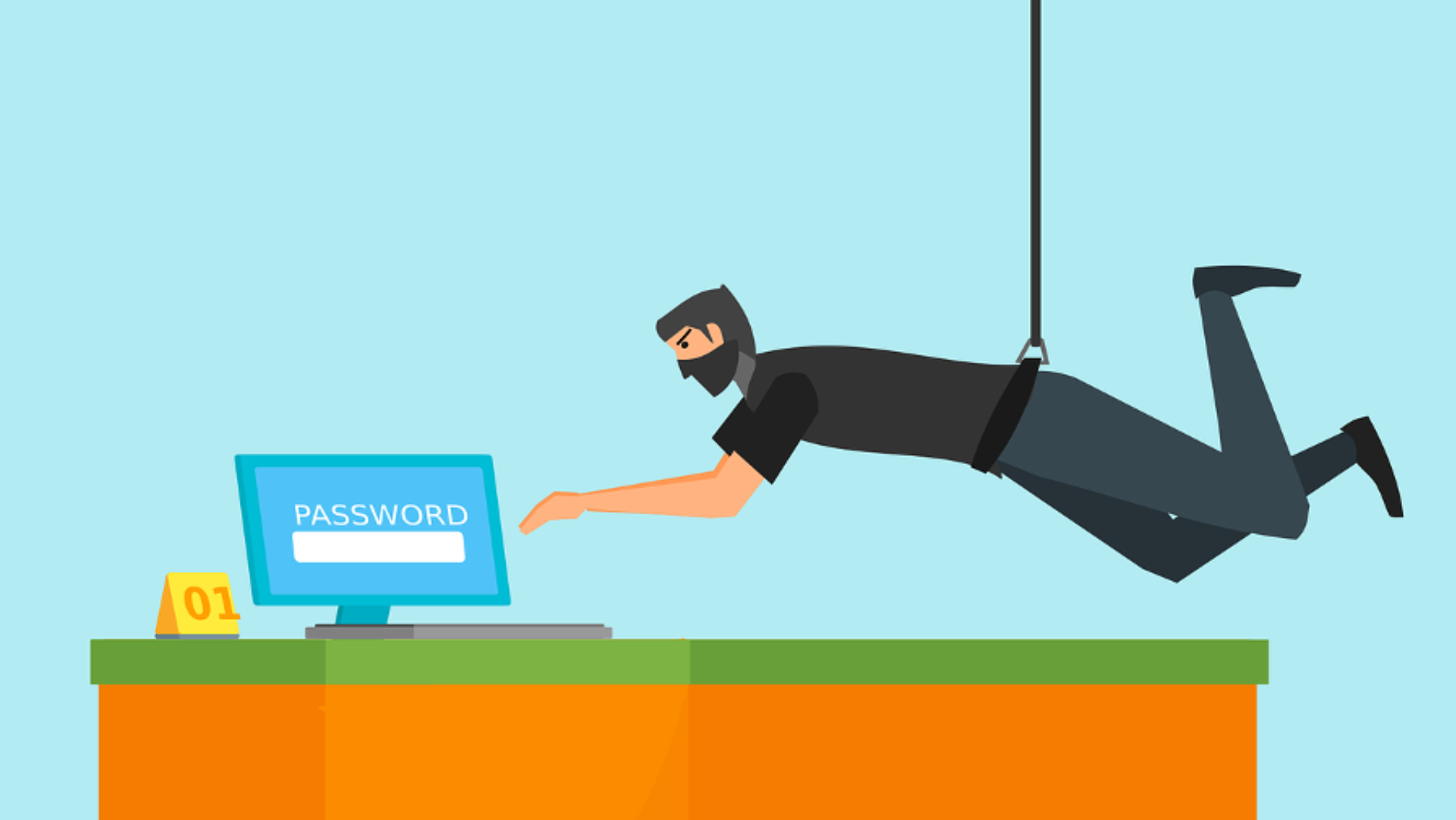White House Scrambles to Address Chinese Espionage Hack
The Salt Typhoon cyberattack is rapidly evolving from a tech news headline to a full-blown national crisis, forcing the White House to step in with...
3 min read
 Chelsea Zimmerman
:
Jun 29, 2024 12:11:00 PM
Chelsea Zimmerman
:
Jun 29, 2024 12:11:00 PM
We recently attended a cybersecurity conference in Denver. As expected, one of the huge topics was robotics and AI. In manufacturing, the integration of advanced technologies such as the Internet of Things (IoT), robotics, and artificial intelligence has transformed operations. While these innovations bring immense benefits, they also introduce new vulnerabilities. It was these vulnerabilities that we spent 2 days talking about.
Cybersecurity is paramount, and fostering a culture of cyber safety is essential to safeguarding your manufacturing plant from threats that can disrupt production, compromise data, and damage your reputation. We've walked into numerous plants that have the safety warning plastered on the walls and banners hanging from the ceilings. Physical Safety is always the number one concern in a plant, as it should be. But with the advancements in technology,
Machines that are connected to the internet can be hacked. Settings can be changed remotely. Machines can be turned off or started remotely. Cyber attacks can have physical concerns as well as digital concerns like intilectual propety theft and a threat to American inginuity.
Supervisory Control and Data Acquisition (SCADA) and Industrial Control Systems (ICS) are crucial components in manufacturing plants, performing tasks such as opening or closing valves and breakers, collecting data from sensors, monitoring for hazardous conditions, and controlling machinery. However, these systems are also prime targets for cyber-attacks. According to the Cybersecurity and Infrastructure Security Agency (CISA), advanced threat actors have developed tools that allow them to conduct highly automated exploits against SCADA and ICS devices. These tools feature a virtual console that mimics targeted devices, enabling threat actors to scan for devices, gather details, upload malicious code, and modify device parameters. This can lead to unauthorized control over industrial equipment, causing significant disruptions from a distance.
Manufacturing plants are increasingly becoming targets for cyber-attacks due to the critical nature of their operations and the valuable data they hold. Cybercriminals can exploit vulnerabilities to sabotage machinery, steal intellectual property, and demand ransoms. The repercussions can be severe, ranging from financial losses to legal liabilities and compromised customer trust.
A proactive approach to cybersecurity is not just about implementing the latest software and hardware solutions. It involves cultivating a culture of awareness, vigilance, and responsibility among all employees. Here’s how you can achieve this:
Creating a culture of cyber safety begins at the top. Leadership must prioritize cybersecurity as a core component of the plant’s overall safety strategy. This includes allocating resources for cybersecurity measures, appointing dedicated cybersecurity personnel, and integrating cybersecurity objectives into the company’s mission and values.
Employees are the first line of defense against cyber threats. Regular training sessions should be conducted to educate staff about the latest cyber threats, safe online practices, and the importance of reporting suspicious activities. Training should be tailored to different roles within the organization, ensuring that everyone, from the shop floor to the executive office, understands their specific cybersecurity responsibilities.
Establish clear and comprehensive cybersecurity policies that outline acceptable use of company technology, data protection measures, and protocols for reporting security incidents. These policies should be easily accessible and regularly updated to reflect the evolving threat landscape.
Conduct regular audits and risk assessments to identify potential vulnerabilities in your systems. This proactive approach helps in mitigating risks before they can be exploited by cybercriminals. Engage third-party experts if necessary to provide an unbiased evaluation of your cybersecurity posture.
Leverage advanced cybersecurity technologies such as intrusion detection systems, firewalls, and encryption to protect your plant’s network and data. Implementing multi-factor authentication (MFA) and regularly updating software and firmware can further strengthen your defenses against cyber threats.
Develop a robust incident response plan that outlines the steps to be taken in the event of a cyber-attack. This plan should include roles and responsibilities, communication protocols, and recovery procedures. Conduct regular drills to ensure that all employees are familiar with the response plan and can act swiftly in the event of a breach.
Cybersecurity is not a one-time effort but an ongoing process. Encourage a culture of continuous improvement by regularly reviewing and enhancing your cybersecurity measures. Stay informed about the latest threats and trends, and be prepared to adapt your strategies accordingly.
Cyber threats are a common challenge across the manufacturing industry. Collaborate with other manufacturers, industry associations, and cybersecurity experts to share knowledge, best practices, and threat intelligence. This collective effort can significantly enhance your ability to defend against cyber-attacks.
By choosing to create a culture of cyber safety, you protect not only your operations and data but also your reputation and bottom line. It requires commitment, education, and continuous effort, but the benefits far outweigh the costs. Prioritize cybersecurity today to ensure a safer, more resilient tomorrow for your manufacturing plant.

The Salt Typhoon cyberattack is rapidly evolving from a tech news headline to a full-blown national crisis, forcing the White House to step in with...

Encryption is a powerful method used to secure data, turning readable information into an unreadable format. This process ensures that only those...

Password managers are essential tools for managing our online security. They store and organize our passwords, helping us secure multiple accounts...